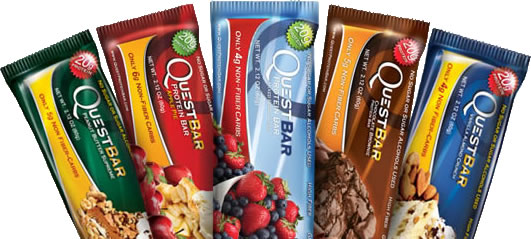Traditional May Not Always Be Best
Traditionally, the energy expenditure of anaerobic exercise (a.k.a. weights, etc) has been calculated by measuring oxygen uptake during a trial. Critical thinking should lead us to the obvious that this method would drastically underestimate the effect that anaerobic (coming from the Greek word meaning 'no air') exercise has on participants in comparison with aerobic exercise.
A New Method?
I will grant the researchers originality points for their novel way of measuring energy expenditure in anaerobic exercise. Basically, oxygen uptake was assessed during recovery rather than activity.
Now, readers should be aware that the reason that I don't like the idea of counting calories expended is due to the flaws in the measurement systems. The calorie counter on your treadmill won't give you accurate numbers, and even your heart-rate monitor can only provide a ball park.
As such, I believe that real-world results are the gold standard for measuring calories burned. The weight-loss and health benefits achieved by those performing anaerobic or high-intensity interval exercise would, in my mind, support the notion that our current understanding of the extent to which these exercises tax the human body (energy-wise) is under-stated.
Figure 1. Energy expenditure due to bodyweight exercise based on oxygen uptake during exercise (traditional) and at rest (improved). Taken from SuppVersity
As you can see in the figure above - the researchers in this study found that traditional methods of calculating the energy-burning impact of anaerobic exercise was underestimating it's impact by nearly half.
Take-Away
What all of this hullabaloo would translate to in the real world is a typical 120 pound (54kg) woman burning not 150 calories (as shown below), but approx 300 calories in 30 minutes of weight training, which trumps the 259 calories burned by the same amount of jogging.
So next time you feel that going into the weights room for some resistance training would be a waste of calories, think again and make a decision that, long-standing real world results have shown us, will take you to the body of your dreams.
Reference:
Vezina, Jesse W., et al. (2014) An Examination of the Differences Between Two Methods of Estimating Energy Expenditure in Resistance Training Activities. Journal of strength and conditioning research/National Strength & Conditioning Association. Epub ahead of print.












